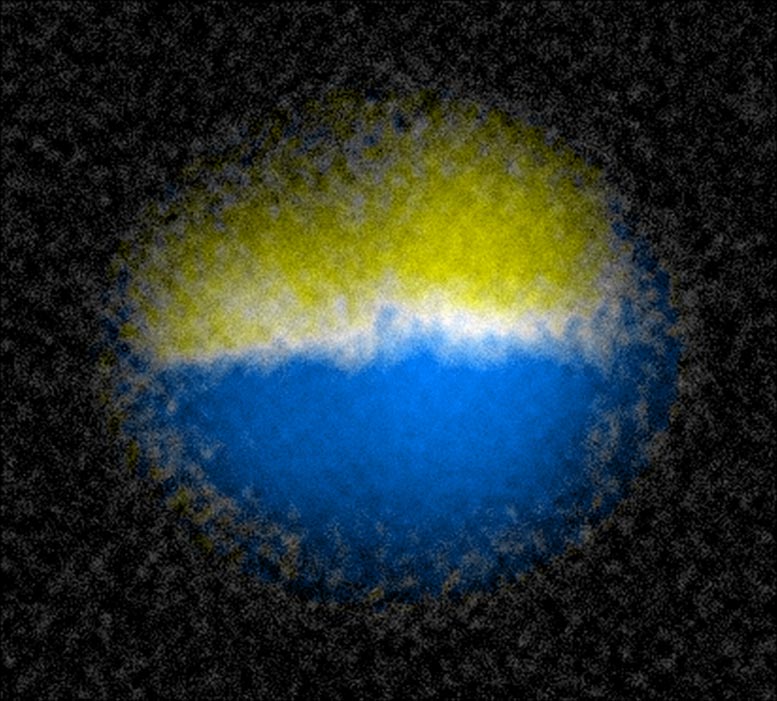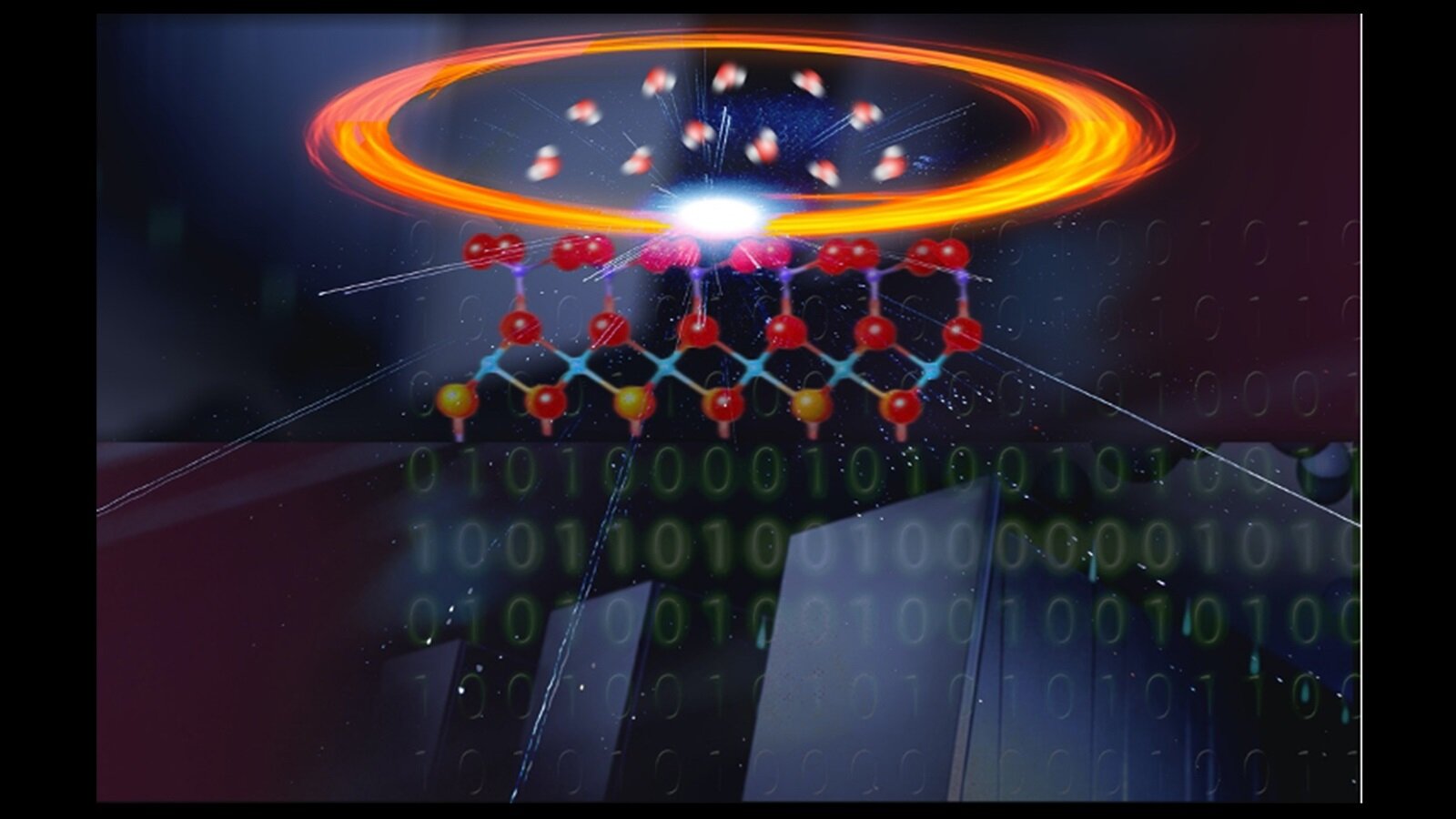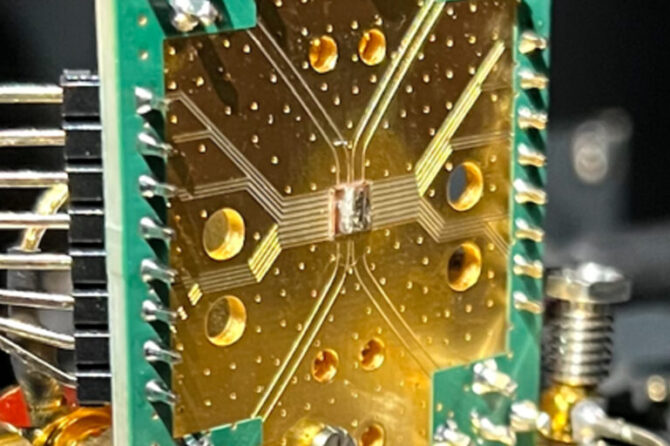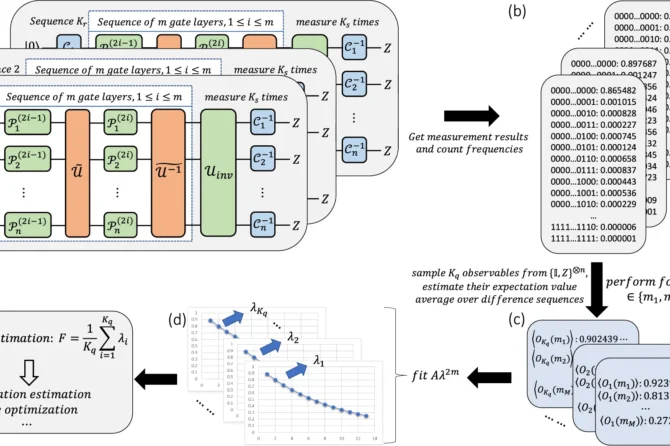Researchers at the University of Rochester and Cornell University have taken an important step toward developing a communications network that exchanges information across long distances by using photons.
The research team has designed a nanoscale node made out of magnetic and semiconducting materials that could interact with other nodes, using laser light to emit and accept photons.
The node consists of an array of pillars a mere 120 nanometers high. The pillars are part of a platform containing atomically thin layers of semiconductor and magnetic materials. The new device uses a novel alignment of WSe2 draped over the pillars with an underlying, highly reactive layer of chromium triiodide (CrI3). Where the atomically thin, 12-micron area layers touch, the CrI3 imparts an electric charge to the WSe2, creating a “hole” alongside each of the pillars.
The array is engineered so that each pillar serves as a location marker for a quantum state that can interact with photons and the associated photons can potentially interact with other locations across the device—and with similar arrays at other locations. This potential to connect quantum nodes across a remote network capitalizes on the concept of entanglement. (Phys.org)
The paper has been published in the journal Nature Communications.




